Q&A with Lenovo PC & Smart Device Group’s User Experience Team

Most organizations will say they’re customer centric. But we live and breathe it in every product we make. From pioneering the first 2-in-1 Yoga convertible laptop to upping the PC gaming experience with the Y series, we look deeply at how to create and evolve devices and software with user experiences. And this year’s realignment changes of our entire PC Group to PC & Smart Device Business Group underscore the need to further evolve the way we approach customer-centric innovation.
But how do we do it?
Meet a few of our PC & Smart Device Group’s User Experience heavyweights. They’re passionate about understanding and anticipating user needs while integrating customer feedback into future products. They’re also instrumental in accelerating our transformation in the PC and smart device business by bringing customers into the innovation process of the devices of tomorrow.
Q: Tell us a bit about yourself. What do you do at Lenovo?
Corinna: I lead a diverse team of specialists who focus on making the software experience on our PCs as user friendly as possible. We do this by researching data and engaging with customers for real user feedback – then turning those valuable insights into fodder for better product design and development.
Chris: I focus on the hardware user experience and support the development of both commercial and consumer PC products across laptops, desktops and accessories while also doing some forward user experience research as well.
We see ourselves as the voice of the user during key development decisions. And we take pride in making sure that all of the hardware attributes that make a Lenovo product great are carried forward into future products.
Aaron: My team, called the Next UX team, explores shifts in user behavior and emerging technologies to create new, meaningful experiences for future Lenovo offerings. That means we’re investigating experiences on products that could be offered beyond the next generation of PCs.
Our work is anchored by user insight and our goal is for these new experiences to improve our users’ lives. We are aiming for big impact.
Q. Where do you get customer feedback from?
Corinna: We use a mix of methods for scale and efficiency in software experience design – including ethnographic research, testing out concepts, online listening and customer surveys.
But nothing really beats direct, face-to-face feedback with users to get a deep understanding of their impressions of a product or service. Watching people use our products for the first time can be very eye opening for our teams. Sometimes these product tests can even spark creative solutions in us for potential problems that the users themselves didn’t even know they were having!
Chris: I couldn’t agree more. We get our best insights from face-to-face interactions with our customers. Their excitement about a new feature, or frustration with a pain point, becomes much more vivid when you’re able to hear the customer’s story directly.
For hardware user experience, we also really value big data collection tools as a way to identify the areas to zoom in on before diving into customer engagement.
Aaron: I’m also a strong believer in intimate, face-to-face discussion for customer feedback. We have more passive insight gathering, which comes from observing our users and their environments. Some “feedback” must be seen or heard in action so we keep a more active feedback loop via direct engagement with users.
We need to encourage customers to think without constraint and articulate what they most want out of a certain experience. I’m particularly interested by user behaviors that don’t involve any current solution from Lenovo – which helps us identify unmet needs and new opportunities!
Q: Can you share with us any specific products that were developed as a result of your team’s insights?
Corinna: For software user experience, we work closely with the software user interface designers to create the most seamless experience on some of our core apps today, including Lenovo SHAREit and REACHit.
We’re continuously striving to improve the software experience. From the early stages of product ideation all the way to product development and post-purchase customer feedback, our team works in lockstep with product managers, designers and engineers to make sure every feature and component truly enhances the user’s software experience.

Chris: One example comes to mind quickly for hardware user experience: the ThinkPad X1 tablet. This unique approach to detachable device design incorporates the module concept that was born from a user centered design approach. Early research and trend analysis led us to the insight that customers have varied use cases and would like to be able to adapt the device for their personal usage. Some would even like to be able to change the device based on different activities like a business trip. This insight led to the module concept that has really resonated with users who want to be able to adapt the device to their needs.

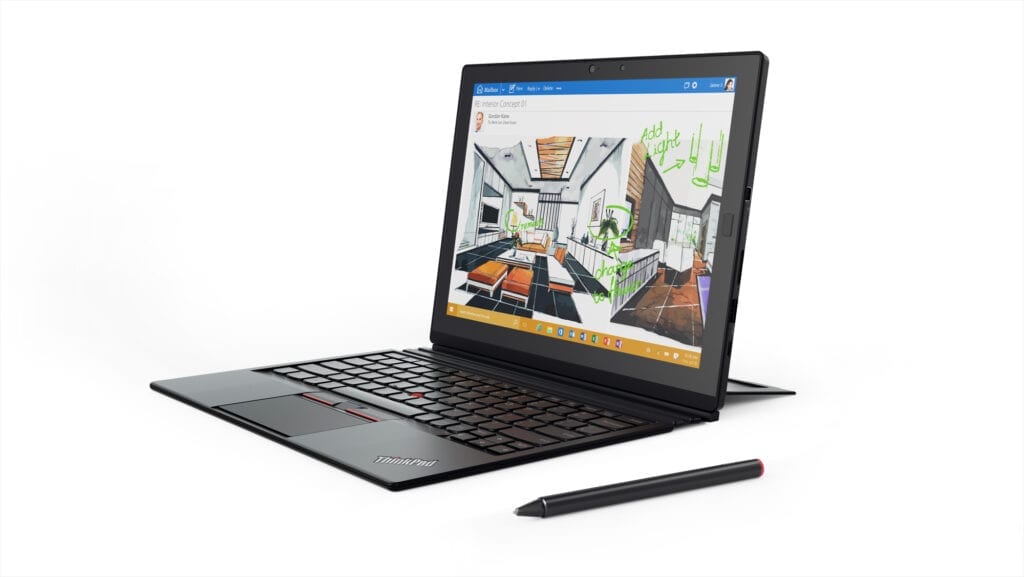
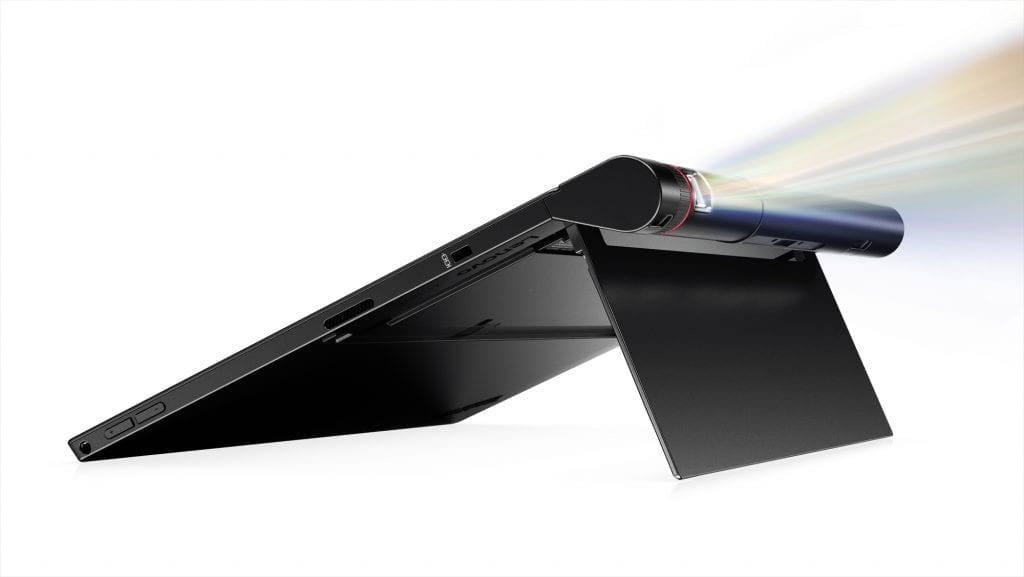
Pioneering modular ThinkPad X1 Tablet with Productivity and Presenter Modules
Aaron: Our team is relatively new so a lot of the new experiences we’ve been iterating and improving will soon be influencing future products.

Q: Any major trends you’re seeing from user insights this year?
Corinna: Increasingly so, users have high expectations for products across the board. The bar is set high for products at various price brands, and not just for the most premium devices. Premium features are often expected to come as standard on mainstream devices. Take the Miix 310. It’s one of the most affordable 2-in-1 detachable tablets in the market, but has more battery life, up to double the memory than before, offers optional 4G LTE and even comes with the detachable keyboard as standard.
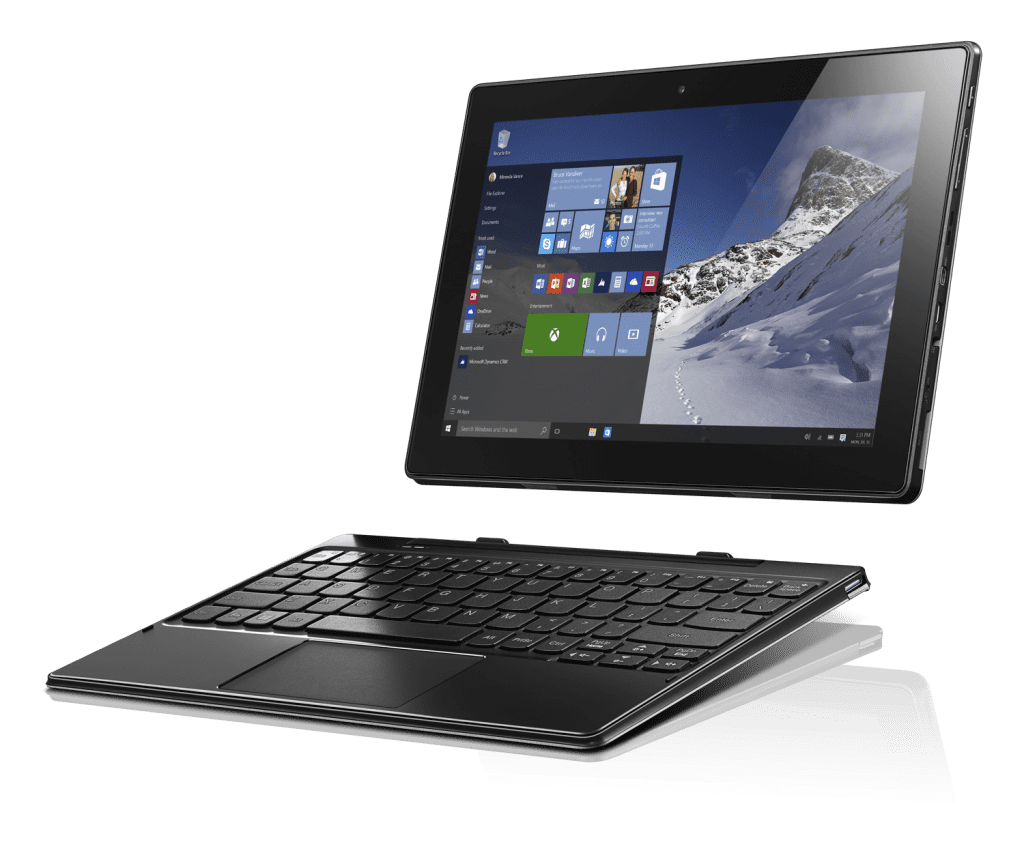
We’re also continuing to see that product performance is absolutely crucial. People simply don’t have the time or energy to figure out how a product or piece of software works. So we always aim to look at things from the perspective of the end user.
Chris: We’ve been doing a lot of user research around gaming. In addition to being super knowledgeable and passionate about their hobby, gamers have told us about their interest in technology that enhances immersion, like VR, curved panel displays, as well as 3D audio.
We’re expanding our work in this area by user testing some really interesting concepts that take these insights into exciting new products. New Y series gaming devices like the IdeaPad Y900 laptop, IdeaCentre Y900 desktop and Lenovo Y27g Curved Gaming Monitor are just the beginning.
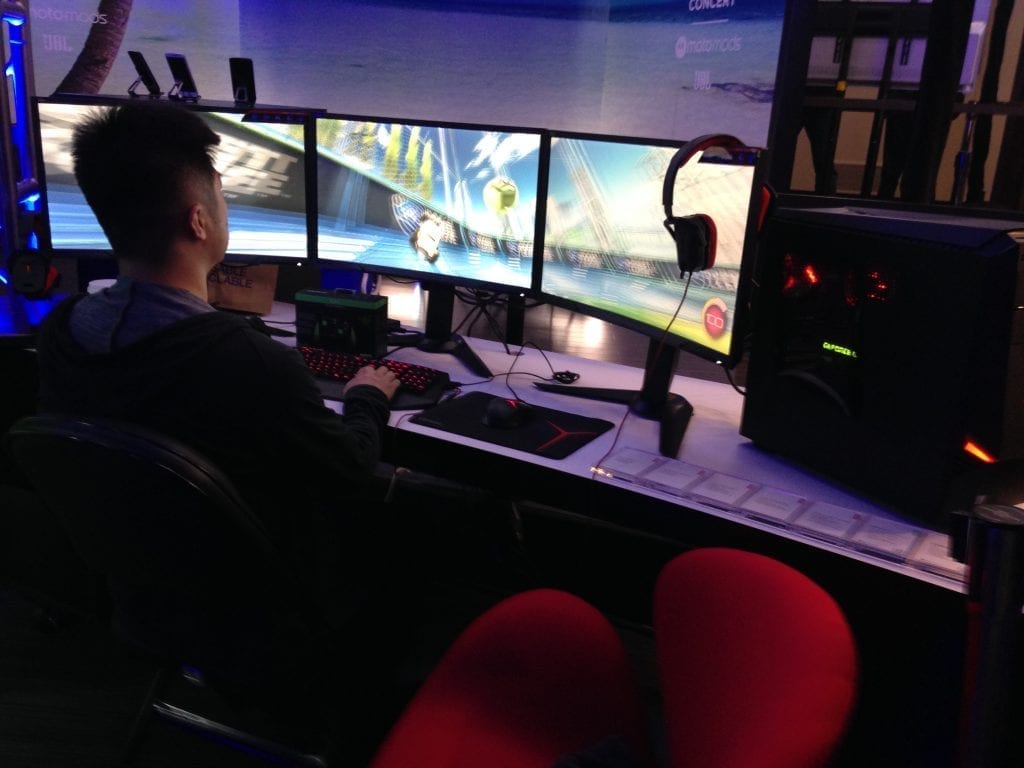
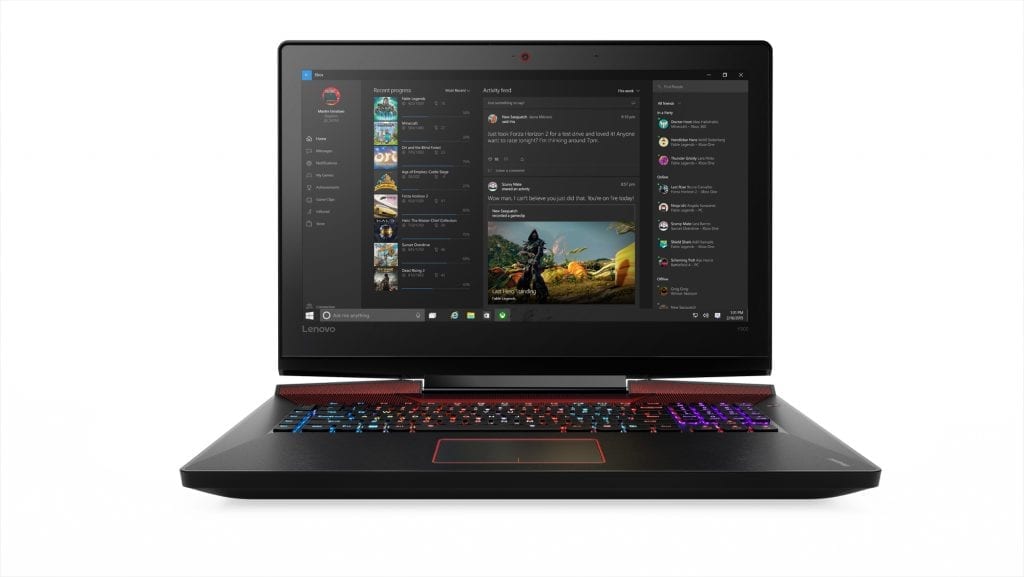
Aaron: We’re seeing that users increasingly want agnostic solutions, which is at odds with a brand wanting to provide proprietary differentiation. So we expect there to be strong value in solutions that work well across device types and across OS ecosystems.
The nature of personal computing is also rapidly evolving. In the past year, voice interaction and AI have become notably better, which have users performing more task-based interaction. Voice based contextual search like Cortana and Lenovo REACHit open up an entirely new way for users to access their digital content in a smarter, more personable way. This has potential to really challenge the idea of app-based computing.
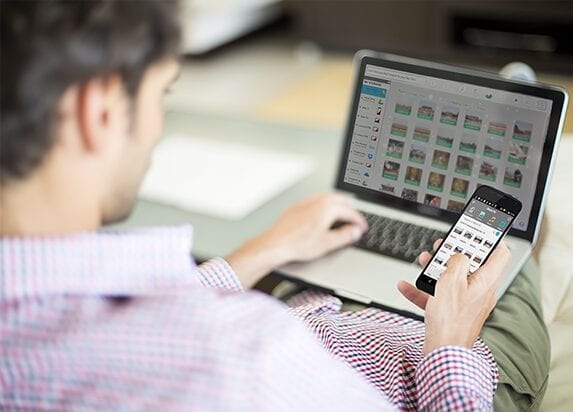
Q: What’s the most challenging part of your job?
Corinna: We constantly remind ourselves and our teams that it doesn’t matter so much what we think we want to make. In the end, what matters most is what our customers think. We try to interact with more people and put them first when we design – even if that means it costs more, or is harder to do.
Chris: One of our biggest challenges is probably getting everyone to focus on user feedback when designing new products. A lot of things come into play when developing a new product and we constantly help teams to focus back on what’s best for the user.
Aaron: There’s no real crystal ball for future products that are years down the road. But we continuously ask and remind ourselves… “Are we studying the right thing?” …and keep customers in a continuous feedback loop to focus on what’s relevant.
Q: And the coolest part about your job?
Corinna: I find it very satisfying that the products we help make touch so many lives around the world. Our PC products are selling everywhere – from Boston to Beijing to Berlin. By its very nature, our products have the ability to transform people’s lives. And this is a big thing.
Every time I see someone carrying one of our laptops, whether that’s a student on the Yoga or a professional on a ThinkPad, I really sense that we’re helping people experience computing in new and better ways. What we design and develop helps make more things possible. I see that as the bigger contribution we’re making.
Chris: We are lucky that we get to work on the latest technology, talk to really great users, meet world class software developers, and experience cutting edge hardware, sometimes years before the public is aware of it. Of course with this early access comes the responsibility to make sure the future user is considered in the design and the product is the best it can be.
Aaron: I feel fortunate to have a career that keeps me exposed to the art of discovery and the creative process. That’s magnified by the fact that I work with truly talented people. But the effort only matters if ideas make it through and matter.
It’s hard to beat those moments when a customer conveys the exact benefit we had been aiming for with a product or concept. Validation of an idea is truly energizing. Seeing an idea positively affect someone is what makes us want to keep up the discovery.
Q: And what do you like to do for fun outside of work?
Corinna: I have twin 6-year-olds, so it’s all about my kids’ activities and getting together with friends and family. I actively avoid cooking, but do love working out, roller skating, as well as crime novels!
Chris: Outside of work I spend all of my time with my wife and 11-year-old son. We are big Red Sox fans and enjoy watching the games, as well as finding new destinations for adventures in our Jeep!
Aaron: I like to spend time with my wife and three kids. I’m also a hobbyist woodworker and enjoy sampling good bourbon.
